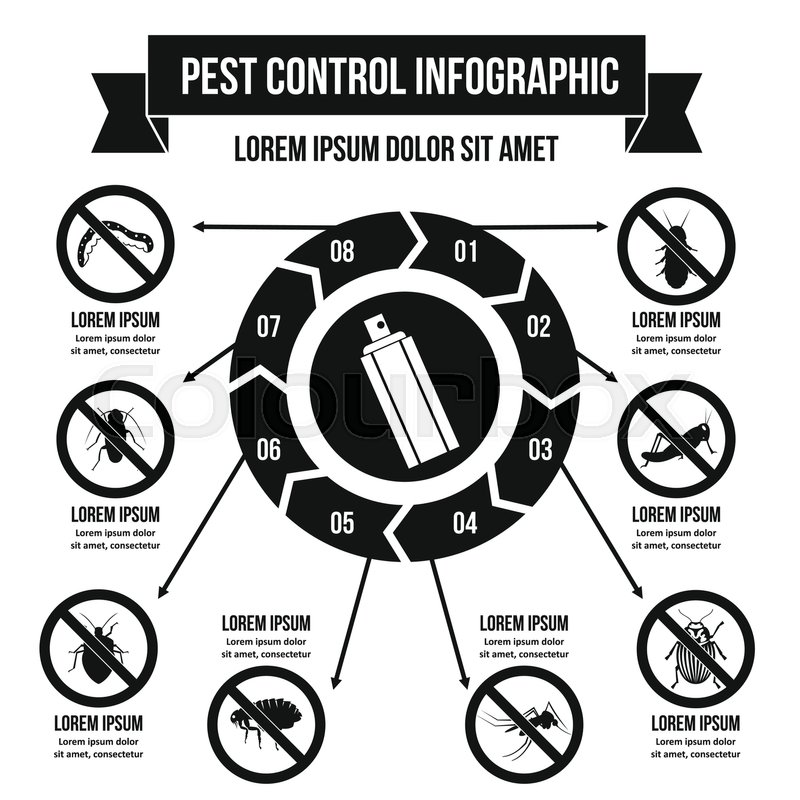Handling Rat Infestations: Insights Into Rat Psychology
Handling Rat Infestations: Insights Into Rat Psychology
Blog Article
Authored By-Cunningham Corbett
When it concerns rodent control, comprehending common rodent behavior is crucial to efficiently taking care of infestations. Did you recognize that rodents have some interesting nesting routines that might stun you? By exploring linked web site , you can acquire useful understandings into exactly how to take on rodent concerns in a much more tactical and efficient manner. So, let's decipher the enigmas behind these creatures' activities and learn just how to outsmart them in your rodent control efforts.
Rat Nesting Behaviors
When observing rats in their natural habitat, you'll notice that they proactively seek products to build their nests. Rats, such as computer mice and rats, are resourceful animals that make use of a selection of things like twigs, leaves, paper, and textile to construct their homes. They're careful in their nest-building process, typically lining their nests with softer materials like fur or feathers to create a relaxing atmosphere.
Rats choose to develop their nests in covert and safe areas to shield themselves and their young from killers. Typical nesting places consist of wall surface cavities, attics, basements, and also within insulation materials. By constructing their nests in these secluded areas, rats can securely elevate their children away from possible threats.
It is necessary to understand the nesting behaviors of rodents when applying control steps. By interrupting their nests or getting rid of materials, you can dissuade rats from establishing a presence in your house or home. Correct cleanliness and sealing off entry factors are likewise critical action in preventing rodent invasions.
Rodent Feeding Patterns
After observing rats' nesting practices, it ends up being noticeable that their feeding patterns play a crucial role in their every day lives and actions. Rats, including mice and rats, are opportunistic feeders, implying they'll eat whatever food source is easily available. They're mainly nocturnal animals, favoring to forage for food during the cover of evening to stay clear of killers.
Rats have a diverse diet regimen, ranging from grains, seeds, fruits, and veggies to bugs, nuts, and also small animals. This versatility in their food options enables them to thrive in different settings, including metropolitan locations where human food resources are plentiful.
Their feeding patterns aren't only driven by appetite but likewise by the demand to stock food for times of deficiency. This actions is especially visible to prepare for winter season or when nesting. Rats are known to hoard food in their nests or burrows, ensuring a continuous food supply. Recognizing their feeding patterns is crucial in carrying out effective rodent control procedures to interrupt their food sources and protect against infestations.
Rodent Activity and Travel
Rats navigate their surroundings with agility and stealth, using their keen senses to relocate swiftly through their settings. These creatures are proficient mountain climbers, able to range walls and upright surfaces easily. They can also squeeze through surprisingly little openings, making it critical to seal any kind of prospective entry factors in your house.
When it pertains to taking a trip, rats have a tendency to adhere to acquainted courses, developing tracks along walls or skirting the edges of areas. They're creatures of habit, commonly staying with these established paths as they forage for food or discover their environments.
Rodents are known for their nocturnal practices, so you might hear them scampering around at night as they look for food and water. Their motions are quick and unpredictable, allowing them to dart in and out of sight in the blink of an eye.
Recognizing exactly how rats move and travel can help you determine potential infestation areas in your house and take aggressive steps to stop these parasites from getting a foothold.
Final thought
As you function to control rodents in your house, keep in mind that understanding their actions is vital. By recognizing their nesting routines, feeding patterns, and activity, you can effectively prevent infestations.
Coincidentally, by taking positive procedures to get rid of food resources and seal off entry points, you can disrupt their familiar paths and force them to choose brand-new areas, inevitably reducing the probability of rodent existence in your space.
